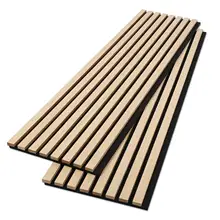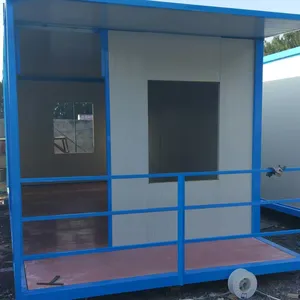Understanding Anti Earthquake Prefab Houses
The concept of anti earthquake prefab houses has gained significant traction in the realm of modern construction. These structures are specifically engineered to withstand seismic activities, providing a safer living environment in earthquake-prone areas. This category encompasses a variety of pre-engineered buildings designed for resilience and durability.
Types and Materials
There are several types of prefabricated houses that offer anti-seismic features. These include container homes, modular dwellings, and prefabricated garages and storage units. The materials used play a pivotal role in their earthquake-resistant properties, with options like sandwich panels and light steel being prevalent. These materials are chosen for their strength-to-weight ratio and flexibility, which are crucial in absorbing and dissipating seismic forces.
Design and Customization
Design solutions for earthquake-resistant prefab homes are diverse, ranging from graphic design services to total project solutions. Customization is a key aspect, allowing for various applications such as residential homes, guardhouses, and dormitories. The adaptability of design ensures that each structure can be tailored to meet specific needs while maintaining its anti-seismic capabilities.
Construction and Features
The construction of an anti earthquake prefab house involves a steel frame or galvanized steel frame, which provides the structural integrity necessary for earthquake resistance. These frames are designed to flex and absorb seismic shocks, reducing the risk of collapse. Additionally, the prefabricated nature of these homes allows for quicker assembly compared to traditional construction, minimizing on-site labor and potential construction errors.
Advantages of Prefab Anti-Seismic Houses
The advantages of prefabricated anti-seismic houses are manifold. They offer a sustainable and efficient building option with reduced construction waste and potentially lower overall carbon footprint. Their modular nature allows for scalability and flexibility in design, making them suitable for a wide range of climatic conditions and terrains. Moreover, the controlled manufacturing environment ensures consistent quality and precision in the final product.
Applications and Suitability
Seismic resistant prefab homes are suitable for a variety of applications, from temporary housing solutions to permanent residences. Their quick assembly and disassembly make them ideal for emergency housing in the aftermath of natural disasters. Furthermore, their robustness and customizability make them a practical choice for both rural and urban settings, providing a reliable housing solution for those in seismically active regions.









































 浙公网安备 33010002000092号
浙公网安备 33010002000092号 浙B2-20120091-4
浙B2-20120091-4